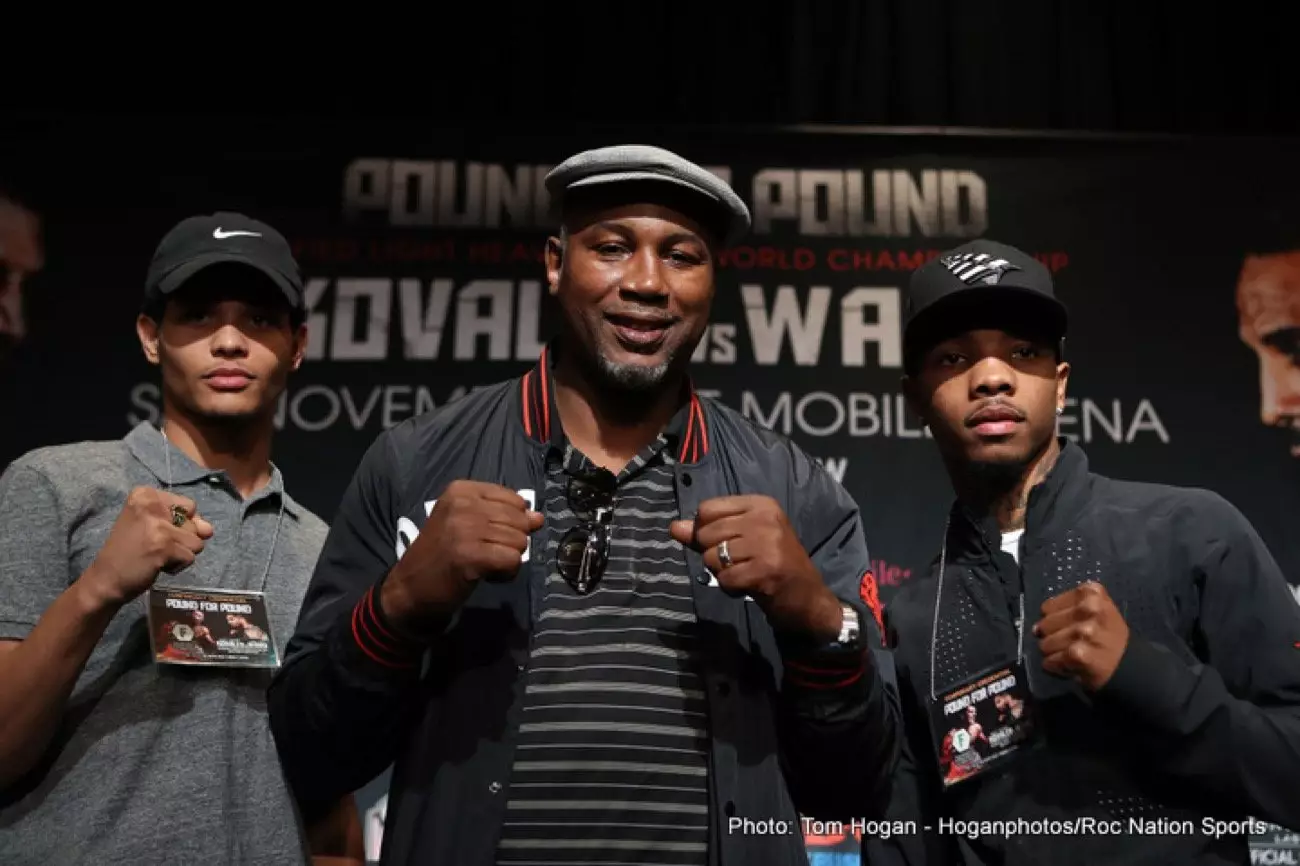Exactly 25 years ago, the boxing world braced itself for a rematch that would come to symbolize not only the careers of two heavyweight giants but also the complexities of sportsmanship and judging within the profession. Lennox Lewis and Evander Holyfield first faced off in March 1999 in what was titled „The Fight for the Undisputed Heavyweight Championship.“ The bout ended in a controversial draw, leaving the public baffled and upset, mostly over the dubious scoring. Many spectators, commentators, and even the fighters themselves believed Lewis had earned a decisive victory, with scores that seemingly contradicted the consensus. Don King, Holyfield’s promoter, became an easy target for the backlash, reflecting broader sentiments of mistrust that frequently plague sports.
Though the draw was often pinned on King, the reality was that it highlighted more significant issues surrounding officiating in boxing. In the wake of the fiasco, fans and pundits alike eagerly anticipated a rematch. This second meeting, dubbed “Unfinished Business,” would take place in Las Vegas, sealing its fate in the annals of boxing history as a key moment for both fighters.
The second bout took place on November 13, 1999, in Las Vegas, where the vibrant atmosphere hinted at a definitive showdown to settle the lingering debates about supremacy in the heavyweight division. Lewis, now 34 years old and boasting a record of 34 wins, 1 loss, and 1 draw (with 27 knockouts), was in his athletic prime. In contrast, Holyfield, at 37, carried a wealth of experience accrued from his storied career across two weight classes. He entered the ring with a record of 36 wins, 3 losses, and 1 draw (with 25 knockouts), presenting himself as a challenger with something to prove.
Fans and analysts were primarily expecting Lewis to assert his dominance through aggressive tactics and perhaps secure an outright knockout victory. Yet, the fight would turn out to be a testament to the unpredictable dynamics of boxing. Rather than a one-sided affair, the rematch exposed the resilience and tenacity of both men, pushing them to showcase their skills against one another once again.
As the rematch unfolded, it became clear that both fighters were taking a more strategic approach compared to their previous encounter. Holyfield, known for his grit and determination, began the match cautiously, but as he found his rhythm in the middle rounds, he began to wheel back into the contest, making it far more competitive than anticipated. Lewis adopted a more measured style, seeming to play the waiting game rather than going for an instant, crowd-pleasing finish.
One of the defining moments came in the seventh round, a display of skill where both fighters grappled and exchanged significant blows. Each seemed to execute their game plan effectively; however, as the fight progressed, Lewis seemed to gain an upper hand in the latter rounds, with decisive scoring in his favor. It marked a shift in momentum, suggesting that maybe the earlier criticisms of Lewis’s performance in the first bout were less about his skill and more about his opponent’s craftiness.
When the final bell rang, the atmosphere in the arena was charged, resembling a mini-superfight rather than a traditional rematch. Unlike the previous outcome, the judges‘ scorecards read in favor of Lewis, awarding him the victory with scores of 117-111, 116-112, and 115-113. Despite the arguments surrounding those scores, the fight’s nature made it clear that both men had reached a rare peak in boxing history.
Lennox Lewis emerged not only victorious but also as the undisputed heavyweight champion, putting to rest the debates about his merit. Unfortunately, the sport of boxing, notorious for its unpredictability, held more stories for both athletes. Lewis had his share of ups and downs post-retirement, while Holyfield became the first four-time heavyweight champion—a testament to his unwavering spirit and ambition.
In retirement, Lennox Lewis would retire with a record of 41-2-1 (32 knockouts), while Holyfield exited the ring at 44-10-2 (29 knockouts). The boxing community frequently debates which fighter left a more lasting impact on the sport. Both boxers, with their differing styles and unique backgrounds, continue to resonate within the boxing world, demonstrating that greatness sometimes comes not just from wins, but from the indomitable will to keep fighting, long after the bell has rung. In the annals of boxing, their rematch is not merely a date on a calendar; it is a story of perseverance, rivalry, and the unyielding quest for respect within the ring.


Napsat komentář